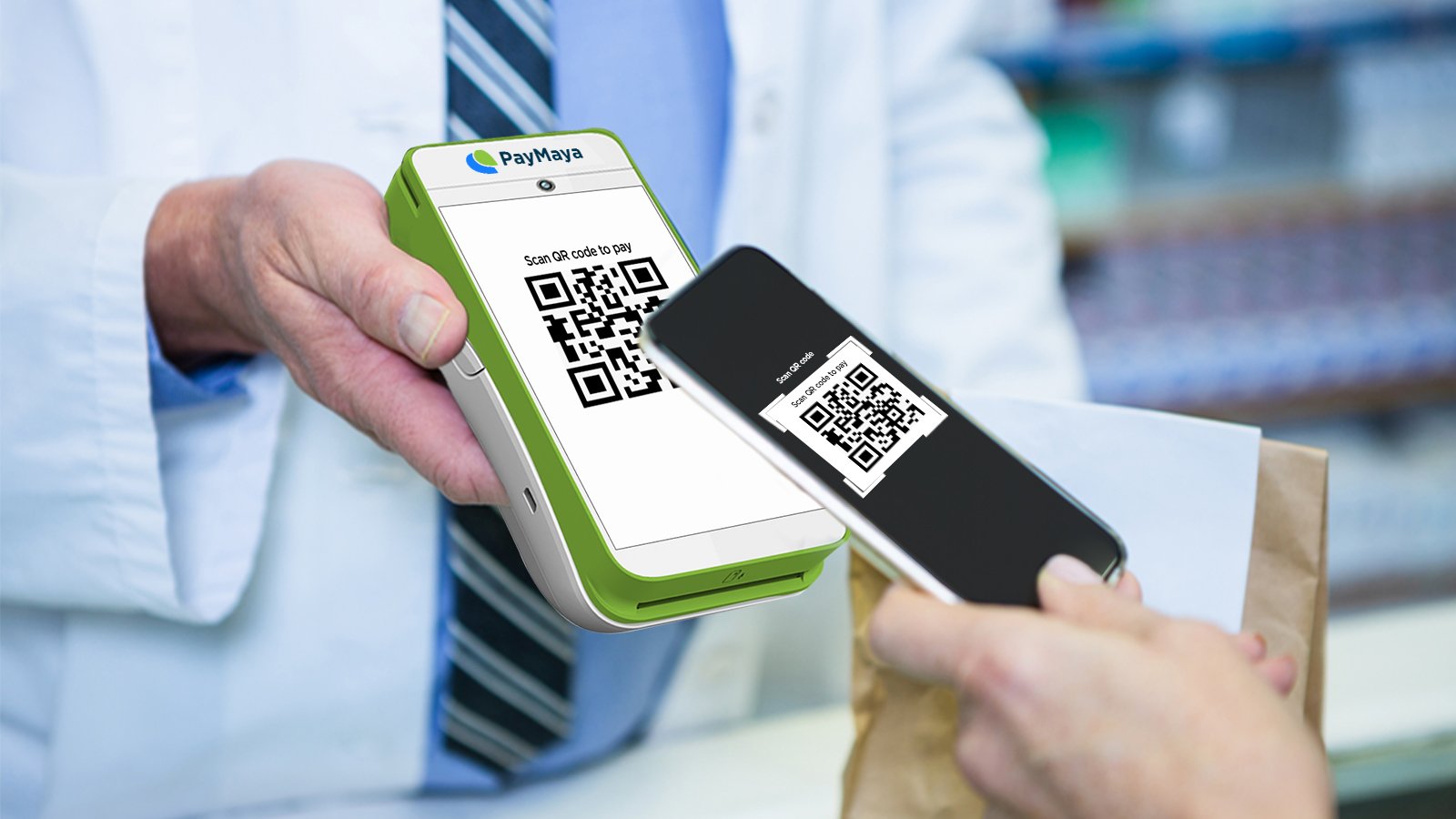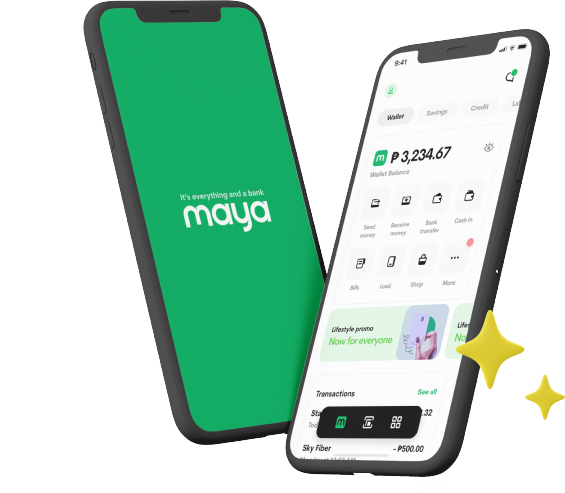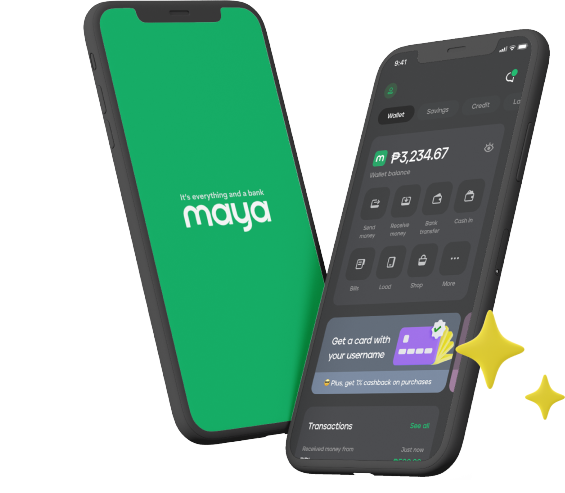
The use of quick response codes, or QR codes, are quickly becoming part of the norm in the era of cashless transactions. These machine-readable 2D codes are used to store data or information that’s revealed when they’re scanned by a smartphone camera.
If you use any form of cashless payment, you may already be scanning QR codes more often to purchase your daily essentials. Maybe you’ve started paying via QR code through an app that offers cashback rewards when you scan. Or perhaps you’ve tried using a QR code to settle bills sent through a messaging app.
Indeed, the experience of touchless instant payment, which is often possible in just a few seconds, has heightened the appeal of QR codes. But despite their convenience and ease of use, it’s worth asking if these black-and-white graphics provide the safest mode of payment.
In this article, you’ll learn how exactly QR codes work and why they’re a reliable form of payment. At the same time, you’ll find here some valuable tips on protecting yourself while using QR codes. We’ll debunk some of the myths surrounding QR codes and explain why they can be a safe and rewarding part of your daily financial transactions!
What Makes QR Codes Safe for Transactions?
Though they work similarly to bar codes, QR codes can hold much more complex information than the latter. This applies to both static QR codes, in which the information inside a code doesn’t change, and dynamic codes, which can be edited by their creators.
The quality that makes QR codes very secure in themselves is that they can’t be read, much less manipulated, with the naked human eye. Their square matrix structure is also hard to alter or “hack” after they’ve been published. Dynamic QR codes, like those linked to Google Maps coordinates, can only be changed if one has access to the accounts that created them. Moreover, data that’s exchanged via QR code, like payment transaction details, is always encrypted.
That said, scanning a QR code is not totally without risk. It may be important to distinguish, however, that most of the risks associated with QR codes don’t arise from the codes themselves. The trouble often lies with the source of the QR code and the intention of the person that generated it. Suffice to say, not every QR code you spot in the wild may be safe for you to use. Just like with any other mode of payment, like cash or credit card, you have to take extra precaution when paying with QR codes.
3 Things You Should Be Aware of When Using QR Codes for Payments
All things considered, how can you prevent yourself from getting into a sticky situation because of a QR code? How will you be able to distinguish QR codes for legitimate payments versus QR codes that may lead you to phishing sites or malware? Here are three essential tips to keep your payment experiences with QR codes safe and pleasant.
Ensure That the QR Code Comes from a Trusted Source
You might not know exactly where a QR code will lead you until you actually scan it. But what you can know beforehand is the legitimacy of the QR code’s source. Only use QR codes that are displayed by reputable establishments. Also take note of where these QR codes are placed if they’re in the vicinity of a physical store. It’s safer to use a QR code displayed at the counter, where staff can verify purchases, versus a QR code posted on a window outside.
Check the QR Code Display for Any Signs of Tampering
A QR code that you see out in public may be correct in terms of the information it holds. But there’s a chance that the surface it’s displayed on may have been tampered with by malicious agents. Play it safe by looking closely at the display and checking if it’s been altered, for example with a sticker. If something looks “off” about the QR code, it’s best to leave it be and opt for another mode of payment.
Add to Your Line of Defense for Digital Security Measures
Lastly, if you anticipate making QR code payments more often, find security software for the mobile device you’ll use to scan the codes. As an extra precaution, you may also want to set up alerts for your credit cards. If, by chance, the code leads you to make a credit card payment to a dubious source, your bank will be able to flag it. Measures like these will improve your overall safety and security when using payment apps with QR code scanners.
Final Words
QR codes are quite handy in facilitating quick, accurate, and contactless payments. If you have the chance to pay for an item using a QR code, by all means, take the opportunity. It will likely save you a lot of time, and in the best conditions, yield you a very pleasant purchasing experience. Just be very careful about where you encounter the QR code and in what context the QR code is being used. That should be your ticket to the most rewarding purchases with these useful matrix barcodes.
You might also like
These Stories on E-Wallet




